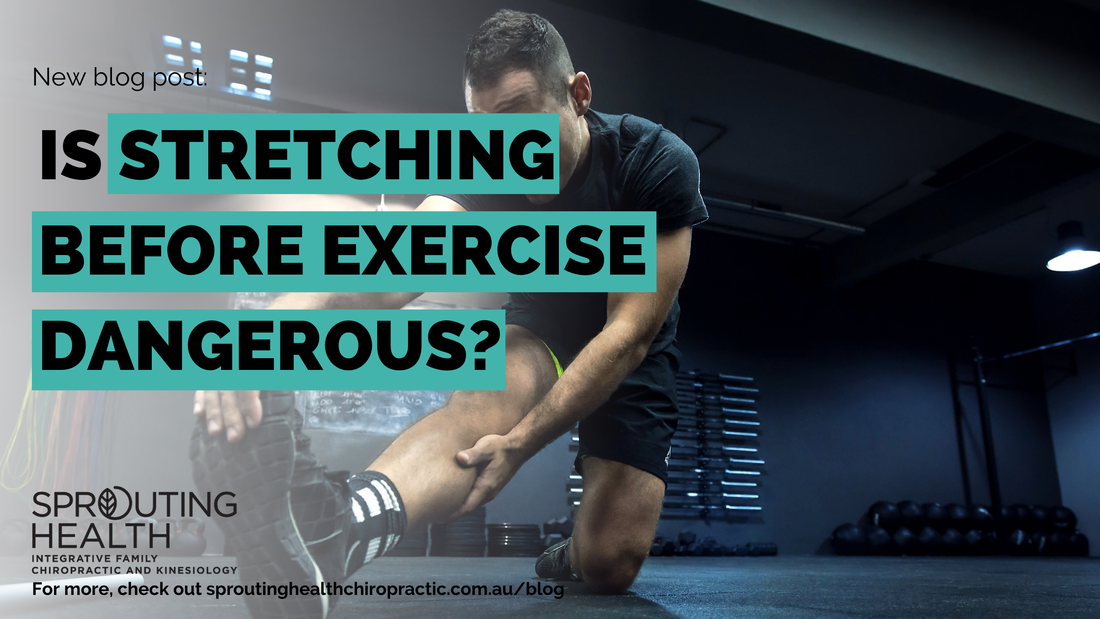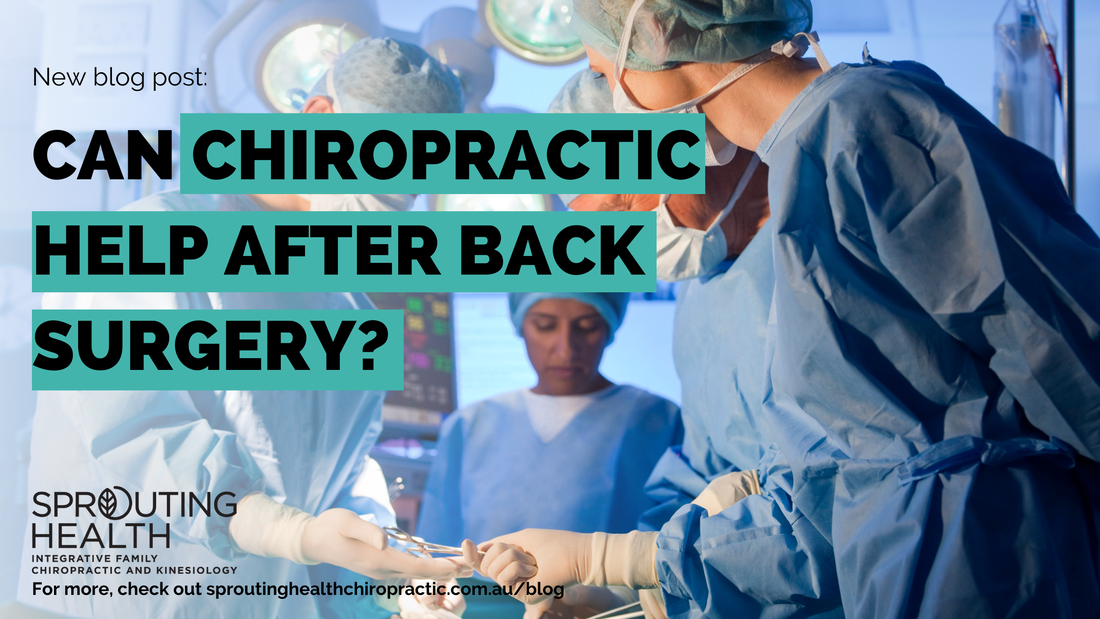|
One of the most common questions we get asked in the practice is “Why could babies need a check-up?”. To answer this question, we need to look at one of the biggest physical stressors that can affect an infant which is childbirth.
Birth injury, unless major and life threatening, is under-recognised and under-treated (Gottlieb, 1993). In a recent study of 200 infants presenting to a clinic with pain and other physiologic disturbance, 95% demonstrated notable birth trauma. In a much earlier and larger study of 1250 newborns, 89% showed some mechanical strain or restriction (Frymann, 1966). Many injuries including asymmetry of the head, facial asymmetry, torticollis, asymmetry of the mandible, nasal septum deviation and spinal, rib or clavicle dysfunction often go undetected until associated health problems arise. It is increasingly common for births to be assisted with vacuum extraction instruments or surgery (Kozak and Weeks, 2002). Vacuum extraction has been shown to be a strong predictor of early cessation of breastfeeding (Hall et al, 2002). Even under normal conditions, birth consists of significant traction and rotation of the baby’s head and with sufficient force, clavicle fracture is seen as an “unavoidable side effect” in up to 10% of vaginal births (Miller et al, 2013). Babies with mild injuries have a high rate of cessation of breastfeeding, however a study by Miller et al (2009) found that 79% of new mothers presenting with feeding problems were able to exclusively breastfeed after a short course of manual therapy. More research is needed here, however these are promising results. Aside from feeding issues that may be associated with birth trauma, there are some other really important cues to look for in babies to see if they may be experiencing pain:
So if you baby is exhibiting any of these behaviours, give our Practice a call today so we can screen for musculoskeletal issues and help support you and your baby thrive as they grow and develop. References
0 Comments
What are they?
Magnesium, zinc are very important minerals and B6 is a water soluble vitamin. What are they good for? B6 - helps liver detox, helps normal brain function, helps nervous system, can help with pregnancy nausea, cardiovascular disease and even cancer. Zinc - helps liver detox, immune function, wound healing, creation of DNA, growth of cells and is necessary for almost 100 enzymes to carry out vital chemical reactions in the body. Magnesium - helps liver detoxification, helps with alleviating effects of stress, electrical conductivity of nerves, regulation of blood pressure and other cardiovascular processes, muscle contraction, maintenance of hormones, essential vitamin formation, glucose and energy metabolism, neurotransmitter production, brain function, digestion, cell division, maintenance of bones, migraines, depression, type 2 diabetes. What foods are they high in? B6: Beef liver, tuna, salmon, chickpeas, poultry, dark leafy greens, bananas, papayas, oranges, cantaloupe Zinc: Shellfish: oysters, crab, lobster, beef, poultry, pork, legumes, nuts, seeds Magnesium: Almonds, peanuts, cashews, Pumpkin seeds, Peanut butter, Beans (black, kidney), Soybeans, soymilk, Cooked spinach, Swiss chard, White potato with skin, Brown rice, Salmon, Beef, Poultry, Banana, Raisins What should I do next? Talk to the team at sprouting health about what's important for your body. References: The Nutrition Code. Suzzane Labrie 2017. The Nutrition Source. Havard. 2023. https://www.hsph.harvard.edu/ When we experience back pain, it can be hard to understand where the pain is coming from – whether it be a disc, a joint, or your muscles! However, most people do not know that our back pain can also be a result of our gut inflammation!
Gut inflammation can occur for several reasons, but a lot of the time it can be due to an imbalance of certain bacteria, fungi, viruses or more! For example, the Candida Albicans fungi can overgrow in our intestines when our gut microbiota is not intact. Your gut works hard to keep you healthy, so we must work hard to keep our gut healthy! Gut bloating, belching, passing gas, heartburn, intestinal pain, constipation and/or diarrhea are all symptoms of gut inflammation which can ultimately affect our pain levels that present in our back and even our hips! When our body is in “fight or flight” for extended periods of time, our digestion shuts down because your body is under stress and is focusing on keeping you alive, therefore your digestion isn’t an immediate concern. When our digestion capability is compromised, it is important to try and encourage it to be better in any way that we can – this means feeding it food and nutrients that it likes and can re-create an effective microbiome. Research shows you may experience less low back pain when you limit: Alcohol, caffeine, simple sugars, refined foods, fried foods, gluten, and dairy. Proper nutrition cannot eliminate all pain, especially among patients with chronic pain and inflammation, but it is a great place to start. A healthy diet and a healthy gut can help your body reduce inflammation substantially. When combining a healthy diet with chiropractic care, you are giving your nervous system the best chance to thrive and have proper function restored. We want to remove the interference to the body’s natural processes. Combining a healthy diet with a chiropractic care management plan, proper hydration, exercise, and stress reduction is a fantastic way to help lower inflammation in your body and gut. References: https://www.physicaltherapystudiocity.com/post/gut-and-back-pain Low back pain is one of the most important cause of disability globally (1), and is responsible for vast societal impact (2). Although the majority of low back pain complaints are recommended to be managed conservatively, rates of surgical intervention for lower back pain and its associated disorders continue to rise globally (3). Do you or a loved one experience low back pain? This is an important article that could make the world of difference to you.
“Over a 10 year period (2004-2015) spinal surgery increased by 190% in Asia (4)” Persistent spinal pain syndrome is a term that defines chronic or recurrent pain of spinal origin, and it is divided into 2 types. Type 1 being without previous surgery and type 2 are patients who have had previous relevant surgery, with type 2 affecting 20-40% of patients who have had spine surgery (5). Having had surgery for the lower back and being still in pain, are there other options for patients to seek for help in managing back pain? Is chiropractic safe and effective for patients who have had spinal surgeries? In a recent research literature, 31 adults with persistent spinal pain syndrome type 2 who have received chiropractic care were retrospectively reviewed. Looking at baseline and follow up data on their Numeric Pain Rating Scale and Oswestry Disability Index. It was found that for the 31 adults looked at, improvements were observed with chiropractic care, which was seen to be more effective in patients who were younger, had a shorter duration of symptoms and/or had a higher level of pain or disability before treatment (6). Though a larger sample size of patients would help further substantiate these observations, indications are positive for chiropractic care being safe and effective to help patients manage lower back pain/s that are still experienced after surgical procedure. If you want to find out if chiropractic may help manage low back pain for you or your loved ones, have a chat with one of our chiropractors to see how they can assist. “Prevention is better than cure, though it is never too late to start your health journey” 1.Hartvigsen J, Hancock MJ, Kongsted A, et al. What low back pain is and why we need to pay attention. Lancet 2018;391:2356–67. 2. Dagenais, S., Caro, J. and Haldeman, S., 2008. A systematic review of low back pain cost of illness studies in the United States and internationally. The spine journal, 8(1), pp.8-20. 3. Yap, Z.L., Summers, S.J., Grant, A.R., Moseley, G.L. and Karran, E.L., 2022. The role of the social determinants of health in outcomes of surgery for low back pain: a systematic review and narrative synthesis. The Spine Journal, 22(5), pp.793-809. 4. Kobayashi, K., Ando, K., Nishida, Y., Ishiguro, N. and Imagama, S., 2018. Epidemiological trends in spine surgery over 10 years in a multicenter database. European Spine Journal, 27, pp.1698-1703. 5. Christelis, N., Simpson, B., Russo, M., Stanton-Hicks, M., Barolat, G., Thomson, S., Schug, S., Baron, R., Buchser, E., Carr, D.B. and Deer, T.R., 2021. Persistent spinal pain syndrome: a proposal for failed back surgery syndrome and ICD-11. Pain Medicine, 22(4), pp.807-818. 6. Chu, E.C.P. and Trager, R.J., 2022. Effectiveness of multimodal chiropractic care featuring spinal manipulation for persistent spinal pain syndrome following lumbar spine surgery: retrospective chart review of 31 adults in Hong Kong. Medical Science Monitor: International Medical Journal of Experimental and Clinical Research, 28, pp.e937640-1. |
AuthorBlogs by the team at Sprouting Health Archives
July 2024
Categories |






 RSS Feed
RSS Feed
